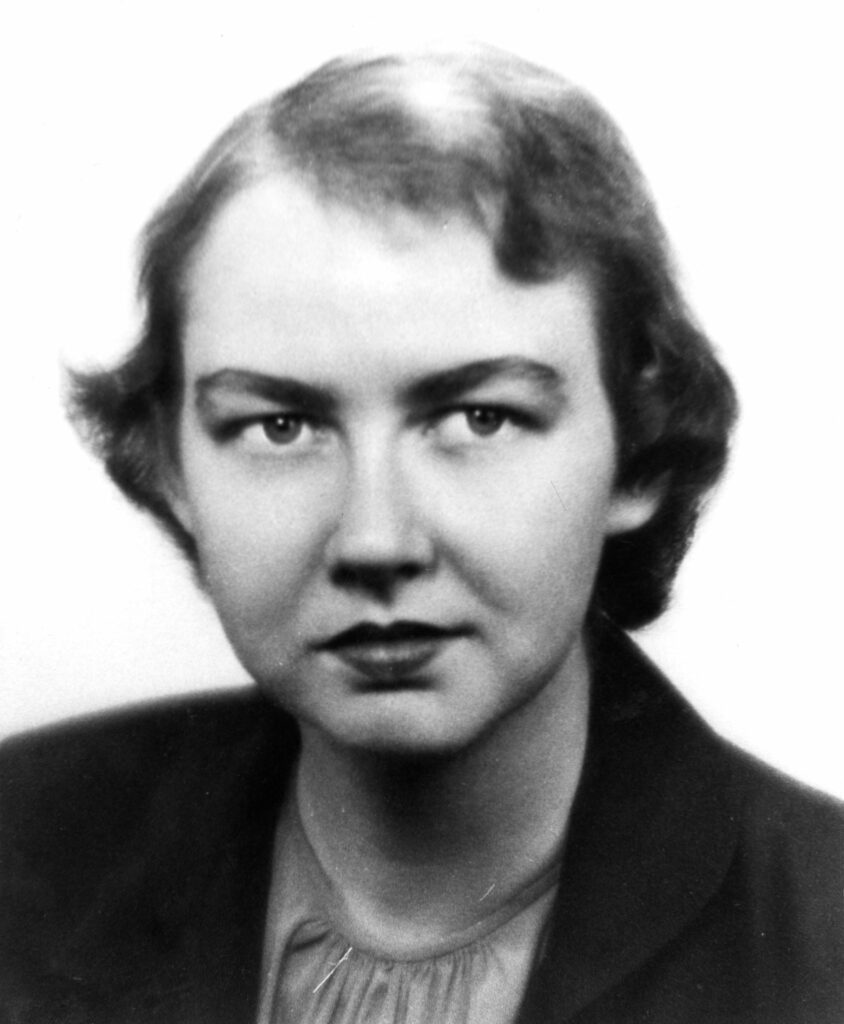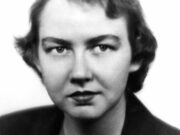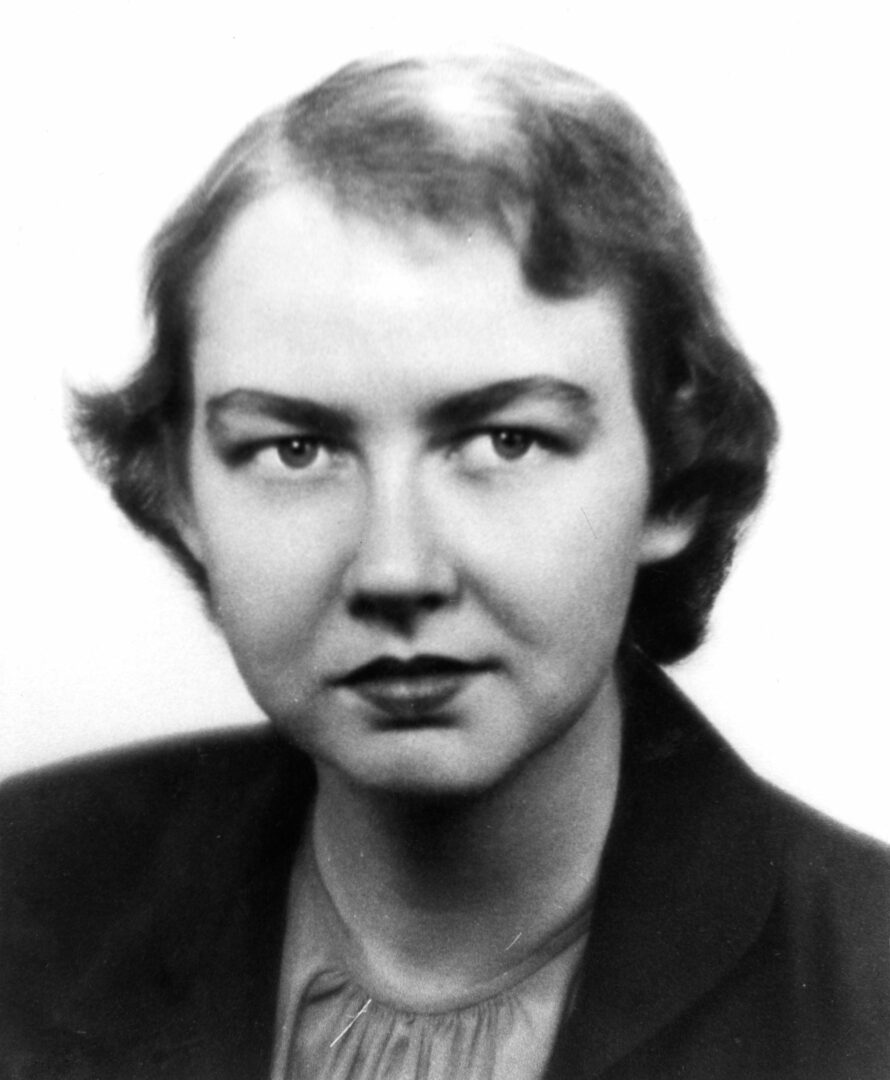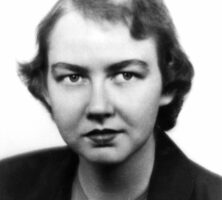The Violent Bear It Away is a novel written by Flannery O’Connor, one of Georgia’s most distinguished writers of the twentieth century. O’Connor was born in Savannah and lived most of her life in the central Georgia town of Milledgeville. When she wrote The Violent Bear It Away, O’Connor was living with her mother on a dairy farm called Andalusia, near Milledgeville. She began the novel in the summer of 1952, and it was published in 1960. The book’s debut received mixed reviews because critics found it difficult to understand, but it is now considered a classic of American literature.

Courtesy of Ina Dillard Russell Library, Georgia College and State University
A devout Catholic, O’Connor drew upon her interest in Christian theology and her rural environment for much of her fiction, including The Violent Bear It Away. The title of the novel is taken from Matthew 11:12 in the Bible: “From the days of John the Baptist until now, the kingdom of heaven suffereth violence, and the violent bear it away.” The power of violence to effect spiritual awakening and the impact that a conversion of this kind has upon Christian salvation are important themes in The Violent Bear It Away. To dramatize these abstract spiritual principles, O’Connor chose to create a world of opposites in conflict.
The backwoods prophet and patriarch of the novel, Old Tarwater, extends his reach beyond the grave in his influence over the lives of his great-nephew, Francis Marion Tarwater (young Tarwater), and his nephew, Rayber. Rayber, a schoolteacher, represents the view of the social scientist, believing that human behavior is shaped by forces of environment and psychology that an aware human being is capable of changing and controlling. Young Tarwater, a teenager raised in rural isolation, is an extension of the personality and religious beliefs of Old Tarwater. Young Tarwater is trenchant in his rejection of the urbane world and struggles internally with the facts of redemption as he has been taught to understand them by his great-uncle.
The novel focuses principally on young Tarwater’s conflict with Rayber. These two characters represent the contrast between a sacred and a secular worldview. In one world spiritual salvation is possible, but freedom and individuality bend to God’s will. In the other self-actualization is possible, but the life of the spirit has lost significance. This conflict makes The Violent Bear It Away an existential novel in which the human condition in a modern, Godless world is examined.
From childhood, young Tarwater has been taught that it is his place to carry on in his great-uncle’s footsteps and baptize Bishop, Rayber’s intellectually-disabled son, since Old Tarwater has been unable to do so. In the final chapters the holy rite of baptism becomes a murder scene in which young Tarwater drowns his intellectually-disabled cousin. During young Tarwater’s flight from the murder, he is picked up as a hitchhiker, drugged, assaulted, and left in the woods. The violence he has enacted and that which has been performed upon him ignite a spiritual awakening in which he, not his great-uncle, becomes the prophet of God.
Although O’Connor’s two novels, Wise Blood (1952) and The Violent Bear It Away, are recognized by scholars as valuable and lasting works of American literature, O’Connor is primarily known as a short-story writer. Her two collections of short stories are A Good Man Is Hard to Find (1955) and Everything That Rises Must Converge (1965).






